Origins
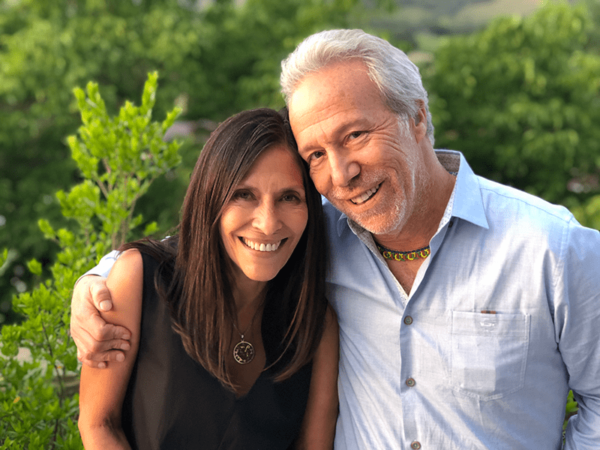
Amazon Conservation Team Founders Liliana Madrigal and Dr. Mark J. Plotkin
Dr. Mark J. Plotkin and Liliana Madrigal, both veterans of large environmental organizations, founded the Amazon Conservation Team (ACT) in the mid-1990s. From its beginning, ACT veered from the well-worn paths of the conservation community.
Most conservationists at that time believed in protecting forests from human activity. Governments were persuaded to wall off significant tracts of forest as national parks, hoping to “save the rainforests.” It wasn’t working.
From Liliana’s pioneering work in Central America, the founders knew that the most pristine and continuous forests were not in parks - they were on lands inhabited and controlled by indigenous people.
Mark and Liliana believed that by enlisting the support of local communities that live in the forests, they could achieve conservation results that were as impressive as they were sustainable.
The founders formed a small, like-minded team to apply this approach worldwide. They would later come to concentrate efforts on Amazonia and finally on greater South America, where the core of the mission thrives through today.
Timeline of Prominent Successes
2017
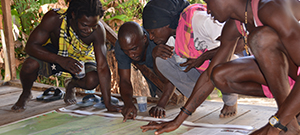
Matawai Maroons, Suriname
First complete map of Matawai ancestral territory of Suriname
Expansions of Colombia’s Puerto Sábalo-Los Monos and Monochoa indigenous reserves by 1.4 million acres (~567K ha)
2016
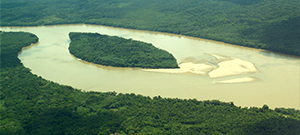
Pure River National Park
ACT provides essential support to Colombian National Parks Service to practically eliminate illegal goldmining from the Puré River National Park
2015
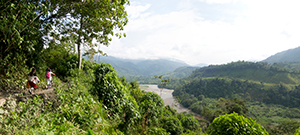
Yunguillo, Colombia
Yunguillo Indigenous Reserve expanded fivefold to more than 50,000 acres (~20K ha), connecting two Colombian national parks
Collaborative partnership commences between ACT and the Matawai Maroons of Suriname to compile the group’s land-use and cultural maps in anticipation of the establishment of a community development plan
Indigenous peoples’ public policy and coordinating council inaugurated for the Colombian department of Caquetá, empowering communities significantly
Colombia’s Inga-Kamentsa communities achieve historic territorial expansion of their lands of approximately 100,000 acres (~41K ha)
2014
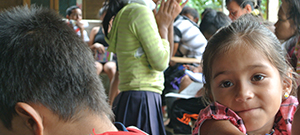
Yaichakury
Yachaikury School officially recognized as an autonomously-administered indigenous public school and central administrator of a regional school network
National first-contact contingency plan drafted to ensure the security and health of Colombian isolated indigenous groups
2013
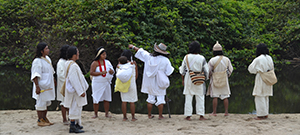
Jaba Tañiwashkaka site visit
Kogi sacred site Jaba Tañiwashkaka officially declared by the Colombian government in a new and unique conservation category
Junior Park Ranger training manuals developed by ACT included in Suriname’s national Environmental Education Box
2011
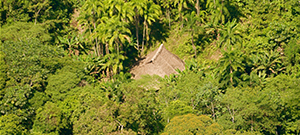
Maloca of isolated indigenous group, Colombia
ACT research determining the existence of isolated indigenous groups in Colombia’s Puré River National Park areas provides the basis for an official national decree mandating their protection
2010
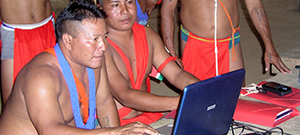
Mapping of ancestral lands in Suriname
90% of all indigenous and native lands in Suriname cumulatively mapped
25 million acres (~10M ha) of indigenous lands collaboratively mapped in the northern Brazilian Amazon
2008
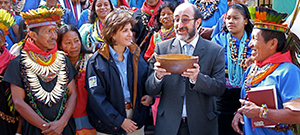
Signing ceremony Orito Ingi-Ande
25,000-acre (~10K ha) Orito Ingi-Ande Medicinal Plant Sanctuary established, the first Amazon reserve specifically created for the conservation of traditional medicinal flora
First indigenous-led carbon credit project in Brazil
2007
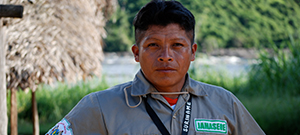
Indigenous forest ranger, Suriname
Indigenous ranger program commenced in Suriname, subsequently recognized by the International Ranger Federation
Half-million-acre (~202K ha) Sete de Setembro indigenous reserve in Brazil collaboratively mapped
2006
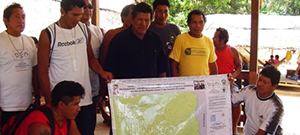
Wayana indigenous land mapping, Suriname
Six million acres (~2.4M ha) of Wayana indigenous lands in Suriname collaboratively mapped
First indigenous ranger training and certification course initiated in Brazil
2004
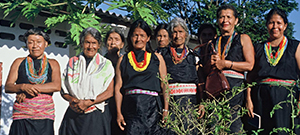
Women healers of the Colombian Amazon
First large-scale gathering of indigenous women healers of the Colombian Amazon serves as the foundation for the establishment of the Asociación de Mujeres Indígenas “La Chagra de la Vida” (ASOMI)
Seven-million-acre (~2.8M ha) Xingu Indigenous Reserve of Brazil collaboratively mapped
2002
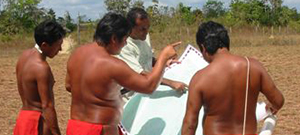
Tumucumaque indigenous reserve, Brazil
Brazil’s 10-million-acre (~4.5M ha) Tumucumaque Indigenous Reserve collaboratively mapped with indigenous communities
Alto Fragua Indi Wasi National Park established, the first National Park of Colombia designed to be co-managed by local indigenous communities and the National System of Protect Areas (SINAP)
Founding of Yachaikury, the first school in Caquetá, Colombia to integrate teaching from a Western and indigenous perspective
2001

Map presentation in Kwamalasamutu, Suriname
15 million acres (~6M ha) of indigenous rainforest lands collaboratively mapped in southern Suriname
2000
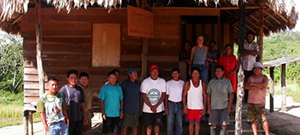
Tradicional medicine clinic, Suriname
First of four traditional medicine clinics established in the Suriname rainforest
1999
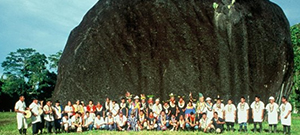
Meeting of shamans, Colombia
First large-scale shamans’ gathering in the Colombian Amazon inspires the establishment of the Unión de Médicos Indígenas Yageceros de la Amazonia Colombiana
1997
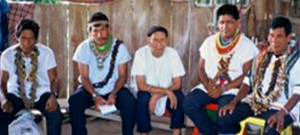
Shamans apprentice meeting, Colombia
Shamans and Apprentices programs initiated in the northwest and northeast Amazon
1996
Founding of ACT

